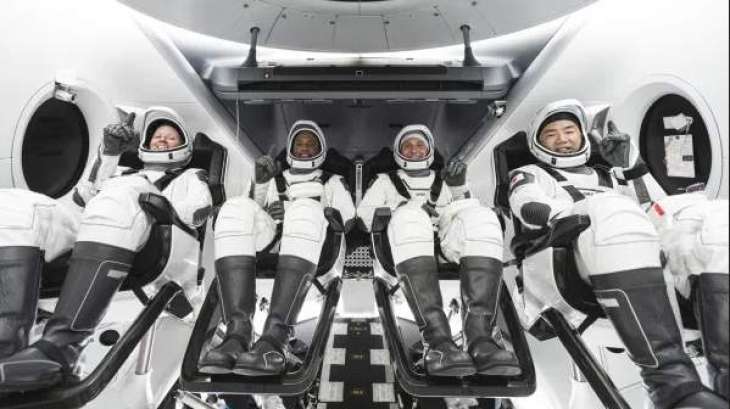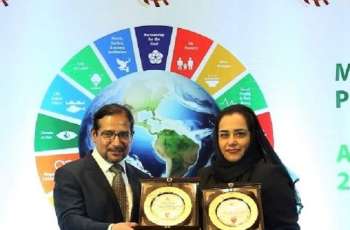The comprehensive training examination of the main and backup crews of the Soyuz MS-17 manned spacecraft, which is scheduled to be launched to the International Space Station (ISS) in October, began at the Yuri Gagarin Cosmonaut Training Center in the Moscow region on Tuesday, the center's press service told Sputnik
MOSCOW (Pakistan Point News / Sputnik - 22nd September, 2020) The comprehensive training examination of the main and backup crews of the Soyuz MS-17 manned spacecraft, which is scheduled to be launched to the International Space Station (ISS) in October, began at the Yuri Gagarin Cosmonaut Training Center in the Moscow region on Tuesday, the center's press service told Sputnik.
The launch of the Soyuz MS-17 spacecraft from the Baikonur spaceport is scheduled for October 14. It is set to be a record fast flight, with the route calculated to take about three hours.
"The main crew consisting of Roscosmos cosmonauts Sergey Ryzhikov and Sergey Kud-Sverchkov and NASA astronaut Kathleen Rubins is taking a comprehensive training examination in the ISS Russian segment simulator, a backup crew consisting of Roscosmos cosmonauts Oleg Novitsky and Pyotr Dubrov and NASA astronaut Mark Vande Hei is in the simulator of the manned spacecraft Soyuz MS," the press service said.
On Wednesday, the crews will switch places, and on Thursday, the center's interdepartmental commission will assess the results of the exams and allow the crews to start prelaunch training at the Baikonur spaceport, the press service added.
Rubins is probably the last US astronaut to be brought to the ISS via a Russian spacecraft. According to a Roscosmos report, NASA decided not to buy a seat on Russia's Soyuz to deliver its astronaut to the ISS in the spring of 2021.
Since 2006, the United States has purchased 72 seats in Soyuz spacecraft from Russia for a total of over $4 billion to transport US, European, Canadian and Japanese astronauts to the orbital station and back to Earth. This time, the cost of one flight increased from $20 million to $90 million.




